The Real Reason Your House is Cluttered (And the 15-Minute Fix That Actually Works)
I’ve walked into countless homes over the years, usually when the people living there are at their breaking point. So many of us hope for a magic wand—a single, heroic cleaning session that will instantly undo months or even years of clutter. And honestly, who can blame us? Those articles promising a perfectly organized home in 30 minutes are tempting, but they’re not telling the whole story.
In this article
- Why Small Messes Explode: The Science of Clutter
- The Pro-Level Fix: The Daily Triage & Reset
- Getting Everyone On Board (AKA The ‘Other People’ Problem)
- Why a Boston Mudroom and a Florida Garage Are Not the Same
- Your Home Maintenance Toolkit: Smart, Not Spendy
- When the Standard Advice Isn’t Enough
- A Quick Word on Safety and When to Call for Backup
- Inspirational Gallery
Here’s the secret I’ve learned from being in the trenches: lasting organization has almost nothing to do with those frantic, whole-house overhauls. It’s all about building simple, repeatable systems that keep the chaos from snowballing in the first place.
My job isn’t just to sort stuff into pretty bins. It’s to watch how a family really lives in their space and then help them create pathways and habits that make tidiness the default, easy choice. That 30-minute fix? That’s for maintaining the system, not for creating it. It’s the daily reset that keeps everything running smoothly. Think of it as a practice, not a one-and-done project. This guide is about teaching you that practice—the framework the pros use to work smarter, not harder, and create a home that actually supports you.
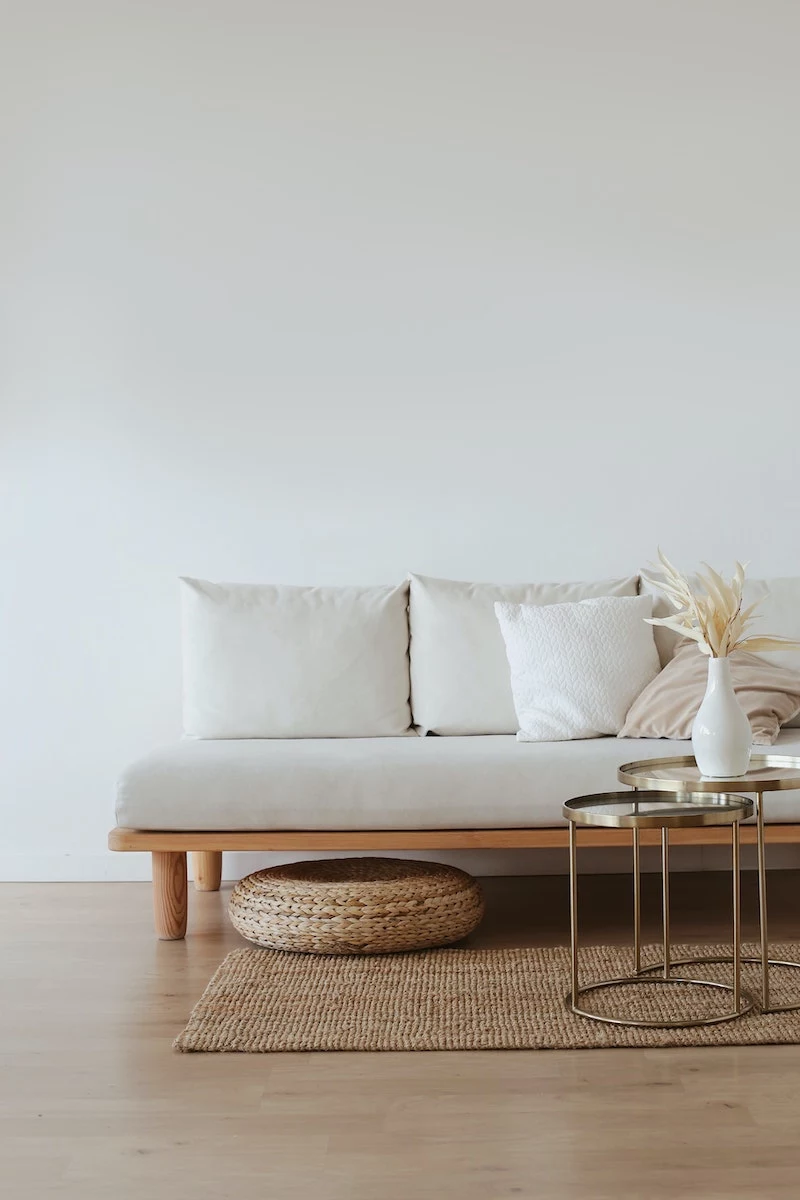
Why Small Messes Explode: The Science of Clutter
Before we even think about touching anything, we need to understand the opponent. There’s a concept in physics called entropy, which is just a fancy way of saying that things naturally move from order to disorder. Your home is a living system, and its natural state, believe it or not, is chaos. That coffee cup doesn’t magically return to the kitchen, and the mail on the counter won’t sort itself. Without small, consistent inputs of energy, your home will always drift toward mess.
This is not a personal failing! Realizing this can be a huge relief. Your home getting messy doesn’t mean you’re lazy or disorganized; it just means nature is taking its course. Our job is simply to apply a little bit of energy at the right moments to push back against that natural drift.
And there’s a mental side to it, too. Our brains are wired to notice things that are out of place, creating what experts call visual noise. Every piece of clutter is a tiny, unresolved decision nagging at you. Should I deal with this? Where does it go? Do I have time? When you’ve got dozens of these little decisions scattered around, your brain gets exhausted. It’s why walking into a cluttered room can feel so draining. By creating systems, we drastically reduce the number of decisions you have to make each day, freeing up that mental energy for things that actually matter.

I remember this one house where the real problem wasn’t the bedrooms or the office. The chaos started right at the front door. Keys were tossed on a table, mail was piled on a chair, and shoes formed a small mountain. This little zone of disorder basically sent a signal to everyone that nothing had a designated spot. The mess just bled from the entryway into the rest of the house. By creating a simple “landing strip” at the entrance, we stopped the chaos at its source, and that single change had a ripple effect through the entire home.
The Pro-Level Fix: The Daily Triage & Reset
Forget trying to organize an entire room at once. That’s a recipe for burnout. Instead, we’re going to use a method of triage and targeted resets, focusing on the high-traffic, high-impact areas. This isn’t about deep cleaning; it’s about quickly restoring a sense of order to the surface.
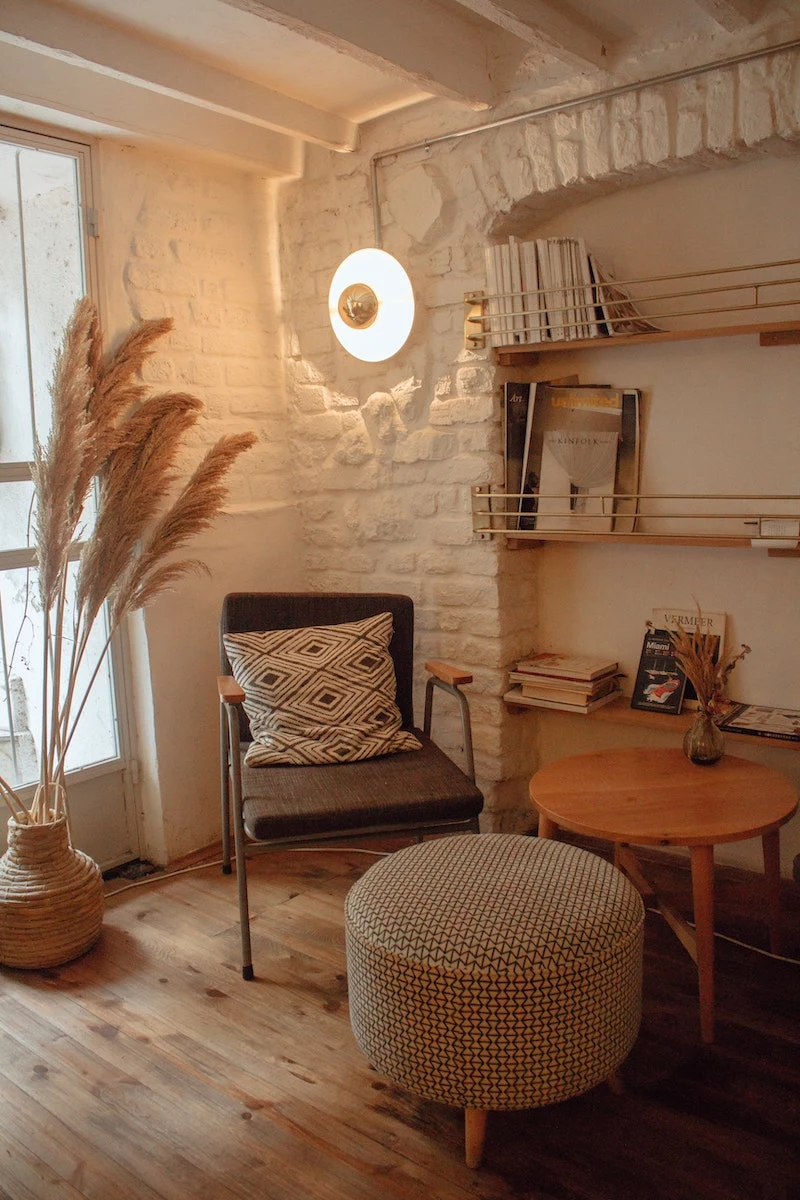
Step 1: The 2-Minute Visual Triage
Before you start a timer or move a single thing, just stand at the entrance of your main living space. Take two minutes. Just look. Your only goal is to identify the single biggest source of visual stress. Is it the pile of coats on the couch? The kitchen counter buried in papers? The coffee table that’s disappeared under mugs and magazines? Your brain already knows what it is. Starting there will give you the biggest psychological win and build momentum.
Step 2: The 15-Minute High-Traffic Reset
Okay, now set a timer for 15 minutes. Not 30. Just 15. The short time frame creates a little urgency and makes it feel manageable. Grab an empty laundry basket or a big tote bag—this is your collection tool. The biggest mistake people make is picking up one item and walking it to another room. It’s a huge waste of time and energy.
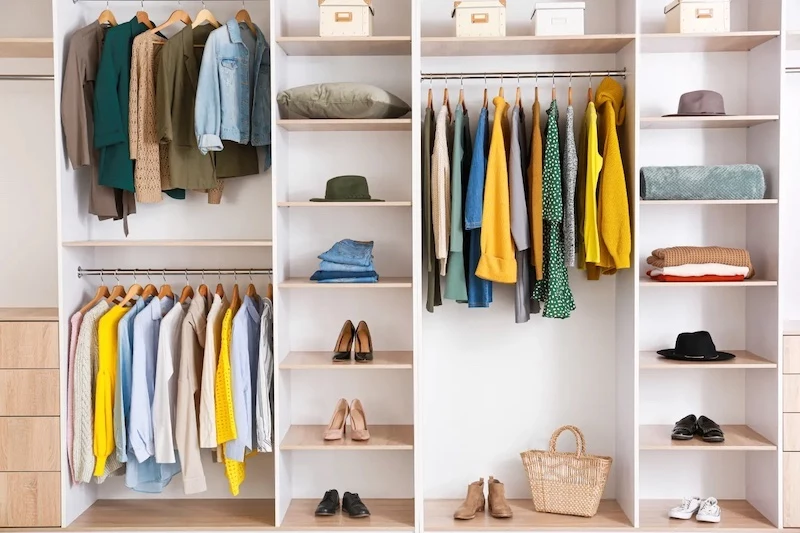
Instead, try this process:
- Collect First, Distribute Later: Walk through your main zones (entryway, living room, kitchen) and toss everything that doesn’t belong into your basket. Don’t stop to think about it. Just collect. You’re on a mission to gather all the strays: shoes, books, toys, mail, chargers, sweaters.
- Surface Clearing: With the strays collected, turn your attention to the flat surfaces you identified earlier. Quickly stack papers into one neat pile. Group the remotes together. Wipe down the counter or coffee table. The goal is to create clear, clean planes. This is a visual trick that pros use to create an immediate sense of calm, even if the drawers underneath are a mess.
- The Distribution Run: With whatever time is left, take your basket on a quick tour. Drop items off in the correct rooms, but don’t worry about putting them away perfectly yet. The toys go on the floor in the kids’ room. The sweater lands on the bed. The book goes on the nightstand.
When that timer goes off, you stop. You’ve successfully reset the main living area. The rest can wait. Doing this daily prevents the little messes from turning into weekend-ruining projects.
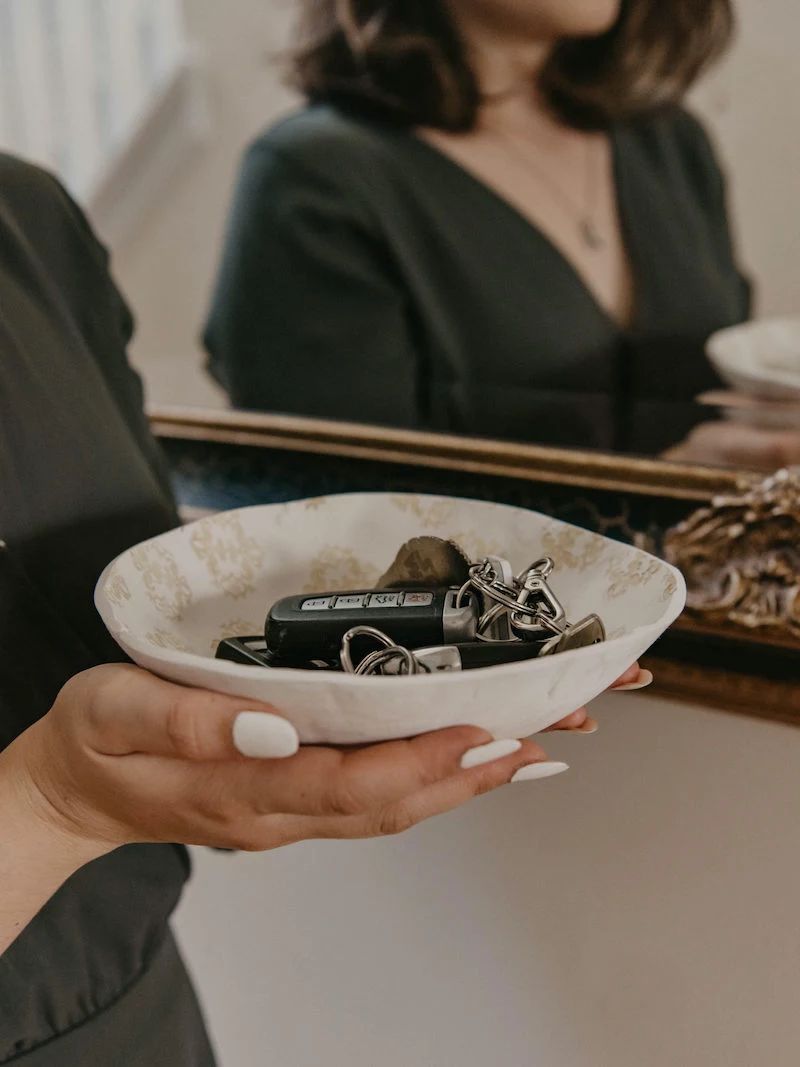
Quick tip: Now, you might be thinking, “Great, so now I just have a pile of stuff on my kid’s floor and a sweater on my bed.” And you’re right. The key is to understand that the 15-minute reset is for clearing the communal spaces where everyone lives. Those individual piles are the next micro-task. The sweater can be hung up during your two-minute bedtime routine. The toys can be part of the kids’ own 5-minute ‘closing shift.’ You’re not just moving a mess; you’re breaking one huge, overwhelming problem into tiny, manageable ones.
Your mission for tonight: Just do the 2-minute visual triage. That’s it. Stand at your doorway and identify the one thing that’s stressing you out the most. Don’t clean it. Just notice it. Baby steps!
Step 3: The ‘One-Touch’ Rule
This is less of a timed task and more of a game-changing habit. It’s a simple concept: aim to touch an item only once on its way to its final home. Every time you put something down “for now,” you’re just creating more work for your future self.
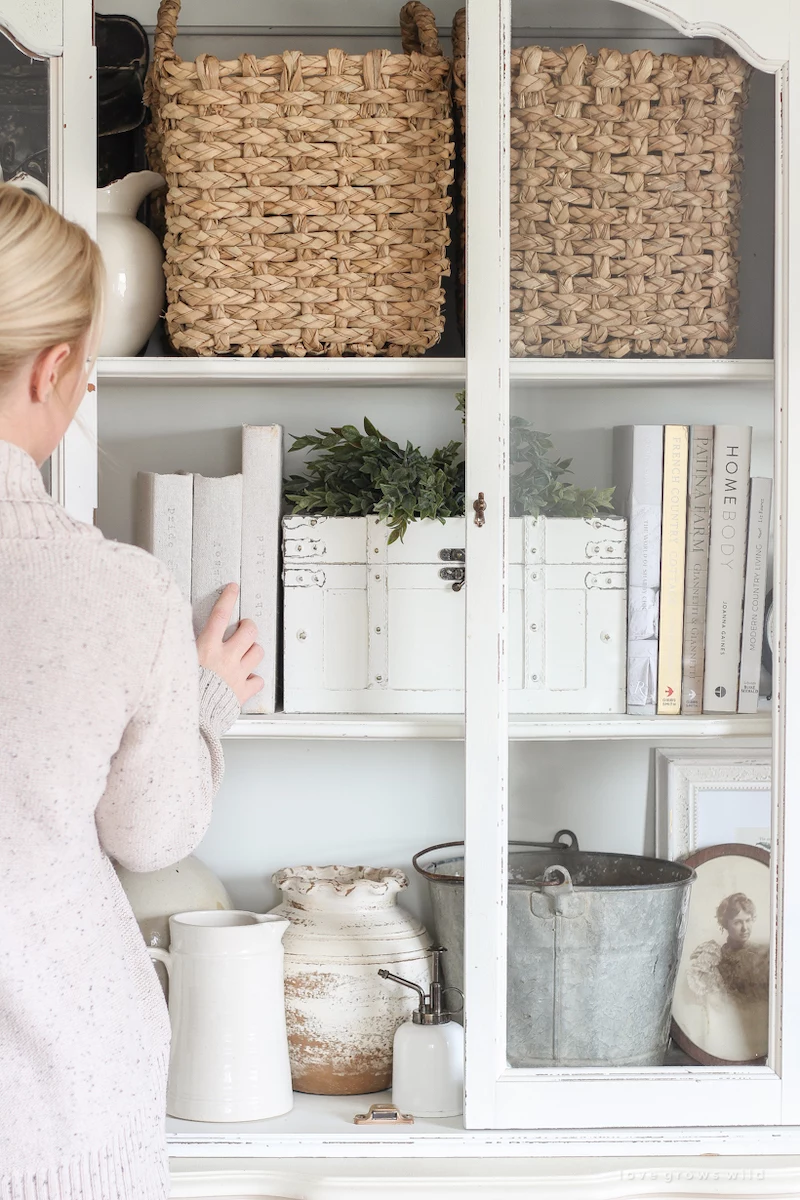
Mail is the perfect example of how this goes wrong. The inefficient way involves way too many touches. First, you bring it in and drop it on the counter (Touch 1). Later, you move the pile to your desk (Touch 2). Then you sort it (Touch 3), open it (Touch 4), and put it in a ‘to-do’ pile (Touch 5). That’s five separate actions for one piece of mail!
The ‘One-Touch’ way is to deal with it immediately. Stand over your recycling bin as you bring in the mail. Junk mail gets tossed instantly (one touch). Bills are opened, the envelope is recycled, and the bill itself goes directly into a designated ‘Action’ tray (one touch). It takes 60 seconds at the door but saves 15 minutes of sorting later. Applying this mindset to groceries, laundry, or just taking off your coat is a fundamental shift.
Getting Everyone On Board (AKA The ‘Other People’ Problem)
Okay, let’s be real. The biggest roadblock for many people is that they don’t live alone. You can have the best systems in the world, but they fall apart if your partner, kids, or roommates aren’t on board. Getting buy-in is critical.
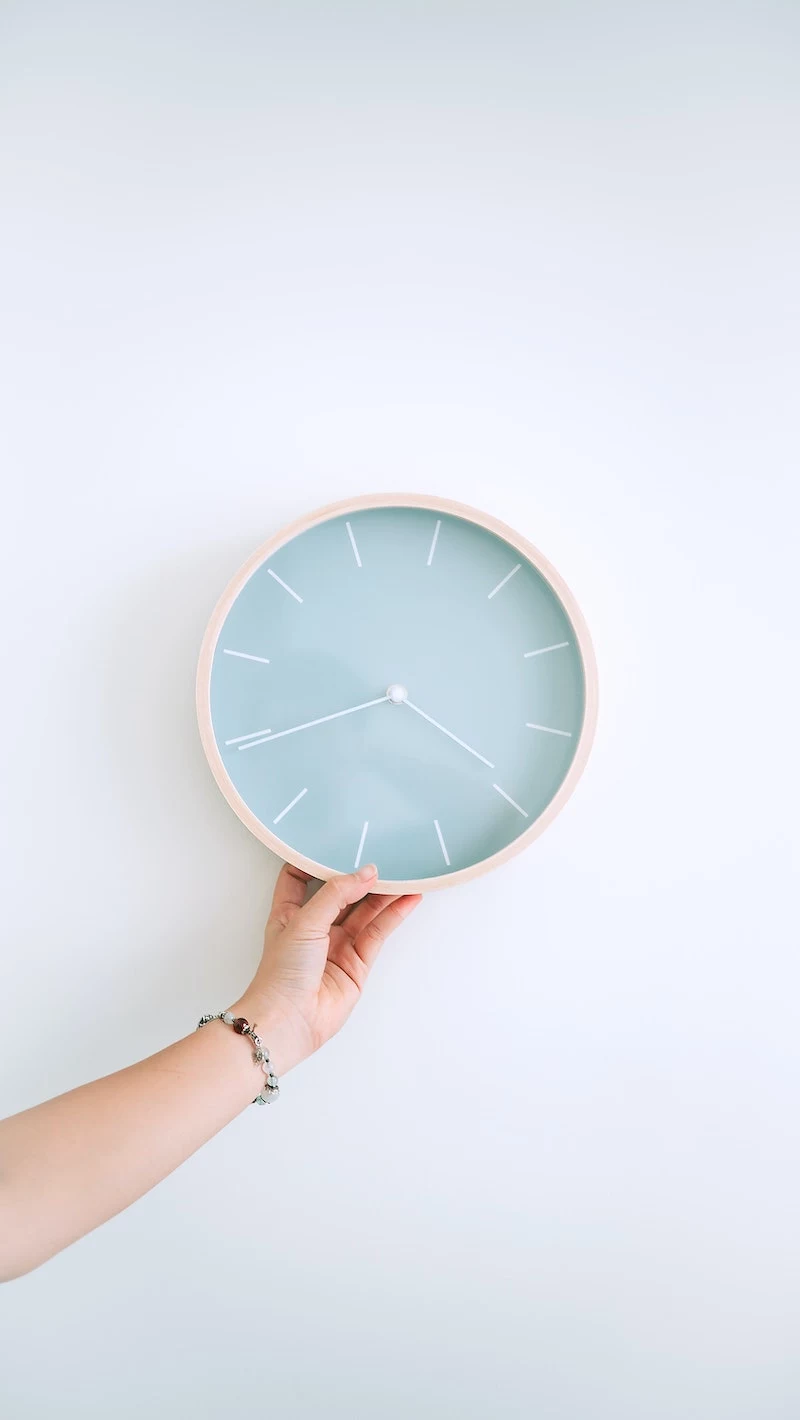
A couple of things I’ve found that actually work:
- Give everyone their own ‘clutter basket.’ This is a game-changer. Get a simple, designated basket for each person in the house. At the end of the day, anything of theirs you find lying around in the common areas goes straight into their basket. It’s then their responsibility to empty it before they go to bed. It’s a neutral, non-confrontational way to return items to their owner without nagging.
- Frame it as a team challenge. Instead of saying, “You need to clean up your mess,” try, “Hey, let’s see if we can beat the 15-minute timer tonight!” Making it a fun, collaborative goal removes the blame and encourages teamwork.
Why a Boston Mudroom and a Florida Garage Are Not the Same
A good organizational system has to fit its environment. What works in a dry, spacious suburban home will fail spectacularly in a damp, compact city apartment. Your location really shapes your needs.
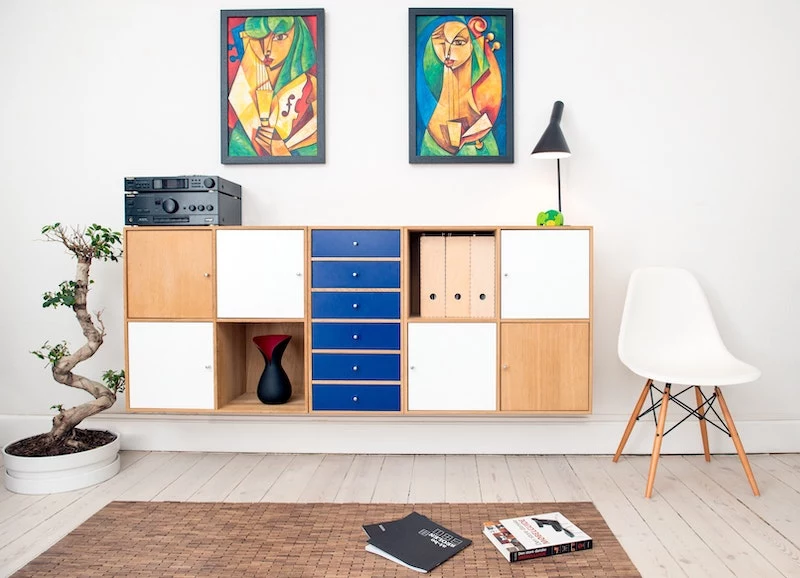
In colder, wetter climates, for example, the mudroom is the most important organizational space in the house. It’s the buffer against snow, salt, and mud. A failure here means salt-stained floors and wet coats everywhere. We focus on durable, water-resistant materials. I always recommend heavy-duty rubber boot trays—think the WeatherTech-style liners for cars, but for your doorway. They actually contain the water instead of letting it soak through a flimsy mat. Hooks need to be well-anchored to hold heavy winter coats, and open-air cubbies are essential so wet gear can actually dry and not get mildewed.
But when I’ve consulted on projects in humid places like Florida, the garage is the big challenge. The moisture makes it a terrible place for storing photos, books, or electronics. Cardboard boxes will sag and attract pests. The solution there is airtight plastic bins, maybe with a few desiccant packs tossed in to fight mold. We also use metal shelving to get everything off the floor, protecting it from water damage and termites. These regional details are crucial for protecting your belongings.
Your Home Maintenance Toolkit: Smart, Not Spendy
You don’t need a huge budget for this stuff. It’s about having the right tool for the job. Here are the essentials I recommend for building your daily maintenance routine.
The Entryway Landing Strip
- Key & Wallet Tray: This is non-negotiable. A simple ceramic dish or a small wooden box from a store like Target or HomeGoods for $10-$15 is perfect. It creates a visual boundary for the things from your pockets.
- Mail Sorter: Get a simple wall-mounted sorter. Label the slots to make it brain-dead simple. ‘Action’ is for bills to pay or RSVPs. ‘To File’ is for bank statements or records you need to keep. And be brutal: everything else is probably junk.
- A ‘Go’ Basket: This is for anything that needs to leave the house—library books, a return for Amazon, that dish you need to give back to a friend. Putting it all in one spot by the door prevents that last-minute scramble.
Kitchen Counter Control
- Utensil Crock: Get your most-used tools out of the drawer and into a crock by the stove. It frees up drawer space and makes cooking so much easier.
- Appliance Tray: For things that live on the counter like a coffee maker and toaster, put them on a single tray. It visually groups them, making them look intentional, and you can just slide the whole tray to wipe the counter underneath.
- Charging Station: Cords are instant visual clutter. Designate one outlet (preferably not on the kitchen counter where spills happen) and use a charging block to corral all your devices.
Where to Splurge and Where to Save
You can organize a junk drawer for free with repurposed shoeboxes and food jars. But for closets, a 50-pack of slim velvet hangers is a worthwhile investment. They’ll run you about $25-$40 on Amazon or at places like HomeGoods, and they save a shocking amount of space. For pantries and garages, clear, stackable, airtight containers are also worth the money. They protect your food and supplies and let you see what you have, which saves you from buying duplicates.
When the Standard Advice Isn’t Enough
Sometimes, life situations require a more tailored approach. For folks who struggle with chronic disorganization or executive function challenges, we often have to tweak the traditional rules.
Adapting for Brains That Work Differently
For clients with ADHD, for instance, “out of sight, out of mind” is a very real thing. If something is put away in a pretty, opaque box, it might as well have been beamed into space. For these situations, we lean into visibility:
- Clear Containers are Your Friend: Everything goes in clear bins. I’m serious. Those beautiful woven baskets are the enemy here. Being able to see the contents without opening a lid is critical for finding things and, just as importantly, putting them away.
- Label Everything: We use a label maker with big, bold font to label shelves, drawers, and even sections of the closet. These visual cues reduce the mental effort needed to manage your stuff.
- The ‘Closing Shift’ Routine: I borrowed this from the restaurant industry. I have clients set a 15-minute alarm at the end of the day for their ‘closing shift.’ This means loading the dishwasher, wiping counters, and doing the 15-minute reset. Framing it as a professional, non-negotiable part of the day—rather than a chore—can be a powerful mental switch.
Troubleshooting Your System
So what happens when your system breaks? Because it will. Life happens. The key is to diagnose the problem without judgment. Is a basket always overflowing? It probably means the basket is too small or the ‘home’ for those items is too inconvenient. For example, if the kids’ toys are always all over the living room floor but the toy box is upstairs, the system is fighting your natural habits. The solution isn’t to be more disciplined; it’s to add an attractive toy chest right there in the living room. Build the system to support how you actually live, not how you think you should live.
A Quick Word on Safety and When to Call for Backup
Tidying isn’t just about making things look nice; it’s about creating a safe, functional environment. I’ve seen some genuinely dangerous situations born from clutter.
Heads up! Some Non-Negotiable Safety Rules:
- Never Block Exits or Utilities: I once worked in a home where the main water shut-off valve was buried under stacks of old papers. When a small pipe leaked, they couldn’t turn the water off, leading to thousands in damage. Always keep clear paths to doors, windows, electrical panels, and water valves.
- Respect Gravity: Don’t stack heavy boxes on high shelves that aren’t properly anchored to the wall. Store the heaviest items low to the ground. And when you lift, please, bend with your knees, not your back.
- Beware Hidden Hazards: In deep clutter, especially in basements or garages, you can run into dust, mold, and pest droppings. I always wear gloves and a properly fitted N95 mask for big jobs, and I advise my clients to do the same. It’s not optional—it’s about protecting your health.
When You Need More Than a System
The advice in this guide is for managing everyday life in a generally tidy home. It is not a treatment for hoarding disorder or other serious conditions that lead to severe disorganization. Hoarding is a complex issue that requires a team approach, including mental health professionals.
If you find that you’re truly unable to part with things, feel extreme distress when you try to declutter, and the clutter is making your home unsafe or unusable, please seek professional help. A great first step is contacting your doctor or a local mental health association. An organizer’s role in those situations is to support a therapist, not replace one. Knowing when to ask for help is a true sign of strength.
Inspirational Gallery
The One-In, One-Out Rule: This isn’t about deprivation; it’s about equilibrium. To prevent clutter from creeping back in, make a simple pact with yourself. For every new item that comes into your home—be it a book, a piece of clothing, or a new kitchen gadget—an old one must go out. This simple habit forces you to constantly evaluate what you truly need and love, turning curation into an ongoing, manageable process rather than a dreaded annual purge.
The average American spends 2.5 days each year looking for misplaced items.
Imagine getting nearly three days of your life back every year. That’s the power of creating a “landing strip.” This is a designated spot, usually by your main entrance, for the things you carry daily. A simple console table with a decorative bowl from a brand like West Elm or a wall-mounted organizer from Umbra for your keys, wallet, sunglasses, and mail can eliminate that frantic morning search for good.
My entryway is pure chaos. Where do I even begin?
Forget overhauling the whole space at once. Start with the floor. The single goal is to get everything off the ground. Install a slim, vertical shoe rack—the Tower line by Yamazaki is brilliant for tight spaces—to get shoes out of the pile. Add a few wall hooks for the coats and bags that are currently in use. This 10-minute task instantly reduces visual noise and makes the space feel more intentional and welcoming.
- Less decision fatigue when decluttering.
- A constant, gentle outflow of unwanted items.
- No more guilt over things you don’t use.
The secret? The perpetual donation box. Keep an open-top basket or a simple tote bag in a closet or laundry room. As you come across an item you no longer need—a shirt that doesn’t fit, a book you won’t reread—toss it directly into the box. When it’s full, you’re already prepared for a trip to the donation center.
Embrace the Japanese concept of Ma (間), which celebrates negative space. In design and life, this is the pause, the unfilled area that gives other elements room to breathe. When organizing, think less about how much you can fit onto a shelf and more about the calming effect of the empty space around your cherished objects. This isn’t emptiness; it’s intentional quiet.
Woven Baskets: Ideal for concealing visual clutter in living areas. A lidded lauhala or seagrass basket can hide kids’ toys or throw blankets, adding warmth and texture to the room. They feel organic and soft.
Clear Acrylic Bins: Perfect for pantries, refrigerators, and under-sink cabinets. Brands like iDesign or The Container Store’s own line make it easy to see exactly what you have, preventing you from buying duplicates and making items easy to grab.
For living spaces, choose aesthetics; for functional spaces, choose visibility.
Look up! We often forget the most underutilized storage area in any room: the vertical space. Tapping into it doesn’t have to mean bulky furniture.
- Install floating shelves above a desk or in an alcove to display meaningful objects without cluttering surfaces.
- Use a modular system like Elfa from The Container Store inside a closet to customize shelving and drawers right up to the ceiling.
- Opt for a tall, narrow bookcase (like IKEA’s classic BILLY) in a corner to house books, media, and decorative bins.
One of the biggest mistakes is buying storage containers *before* decluttering. It feels proactive, but it often leads to simply hiding clutter instead of eliminating it. First, sort through your belongings, decide what to keep, and group like items together. Only then can you accurately assess what kind of—and how much—storage you actually need. You’ll buy less and end up with a far more functional system.
- A stack of magazines you intend to read.
- The remote control.
- A coaster and a drinking glass.
- A single decorative object, like a candle or small plant.
- A book you are currently reading.
That’s it. This is the 5-Thing Rule for surfaces like coffee tables or nightstands. By limiting the number of items allowed to live on any flat surface, you create a simple, visual boundary that makes tidying up almost automatic. It’s a micro-system that prevents those surfaces from becoming clutter magnets.










